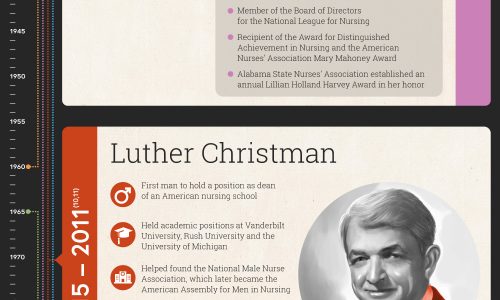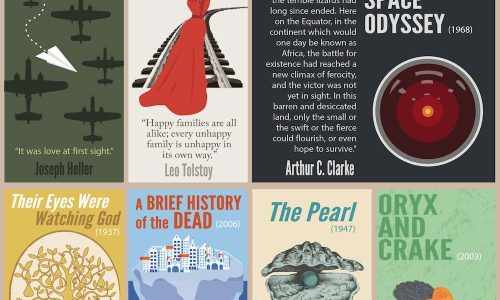
There are a lot of unknowns about autism spectrum disorder (ASD). For every apparent truth that can be said about it, there is some exception or degree of uncertainty that comes with it. First, it’s known that autism has a primary basis in genetics, but it’s unsure exactly what causes it. Second is that more and more people are diagnosed with it every year, but it’s not clear whether this trend reflects the changes in diagnostic criteria or an actual rise in the frequency of the disorder. Either way it’s an issue that calls for more awareness because not only does it affect the quality of life for the individual and their families, but has made a startlingly apparent need for reform in special needs assistance in the education system.
It been shown time and time again how constructive music education is in all areas of cognitive development, but it also proves to be especially helpful to those with ASD. As showcased by this infographic, it basically boils down to the two most indicative symptoms across the spectrum of those with autism. Those being that ASD can be characterized mainly by poor ability to communicate and interact socially, along with being prone to repetitive behaviors and specific interests. Music is upheld as a universal language, something that transcends the need for words. Not only that but regardless of what your interests are, there is a type of music for you. The reason we have favorite songs is because they have the power to bring us back to a specific place or feeling. That kind of familiarity can find a very explicit type of relief in those who suffer from ASD. I could go on and on about how many songs they taught us in grade school to remember things like the alphabet, and how rhythm accesses areas of the brain normally reserved for unconscious functions like breathing and a beating heart, but ultimately what I’m trying to get across is that music is very important.





